Black Sesame Glutinous rice balls or mochi is a Chinese dessert. Normally, they make them with glutinous rice flour and water mixture. They can be small or large in size and filled or unfilled, savoury or sweet. In addition, they serve them coated with sesame or nuts like cashew nuts or peanuts. Or simply coated with glutinous rice flour or corn flour. Very similar to the more chewy version of Japanese Mochi. In Southern China, the sweet fillings for glutinous rice balls include black sesame, sweet bean paste and osmanthus flowers. As well as sugar, sugar-coated dried tangerine peel and ground peanuts or peanut butter.
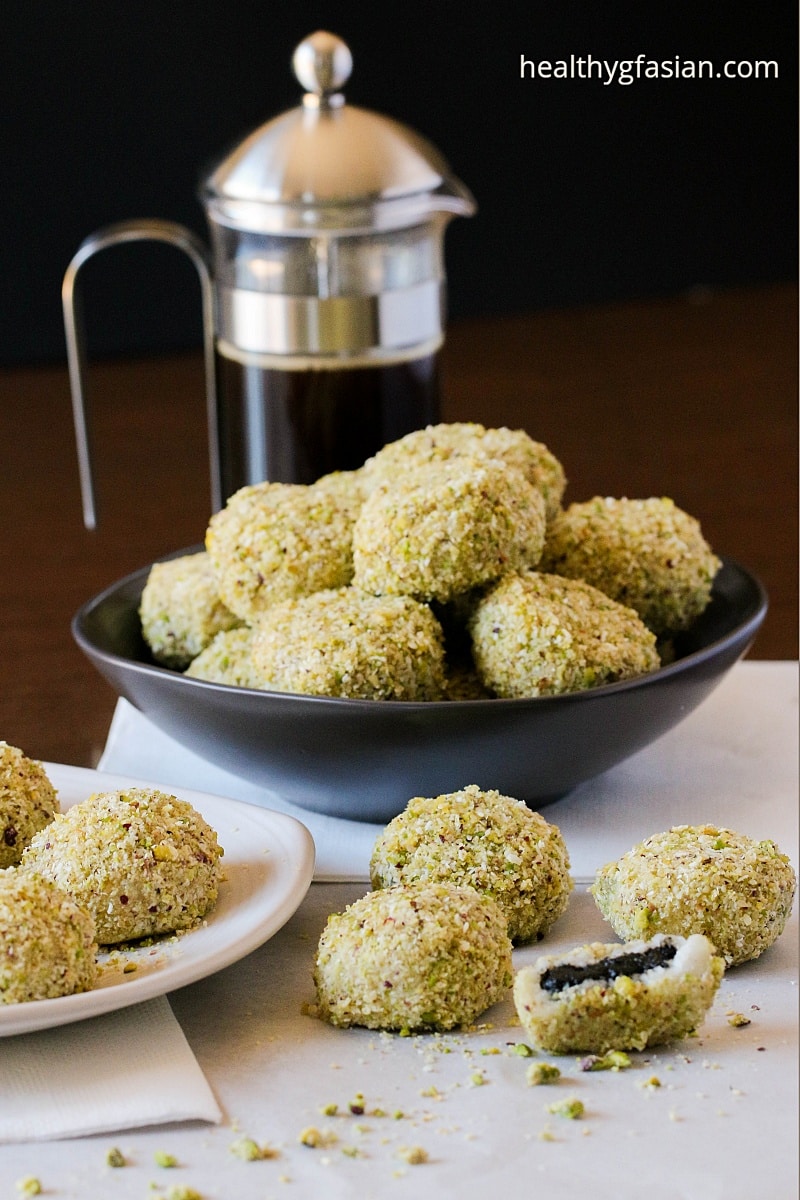
Gluten Free Black Sesame Glutinous Rice Balls (Mochi)
For my gluten free black sesame glutinous rice balls (mochi) recipe. Likewise, I used glutinous rice flour (also called sweet rice flour in Japan) and water to make the dough. Then I filled the white glutinous rice balls with sweet filling made of ground black sesame paste. Then, I cook them in boiled water. Followed by coating them with pistachios nuts, white sesame seeds, desiccated coconut and sugar. These black sesame glutinous rice balls (mochi) are not only gluten free. But also vegan, low carb, dairy free, soy free, corn free and egg free.
You may also like my other gluten free mochi and black sesame dessert recipes:
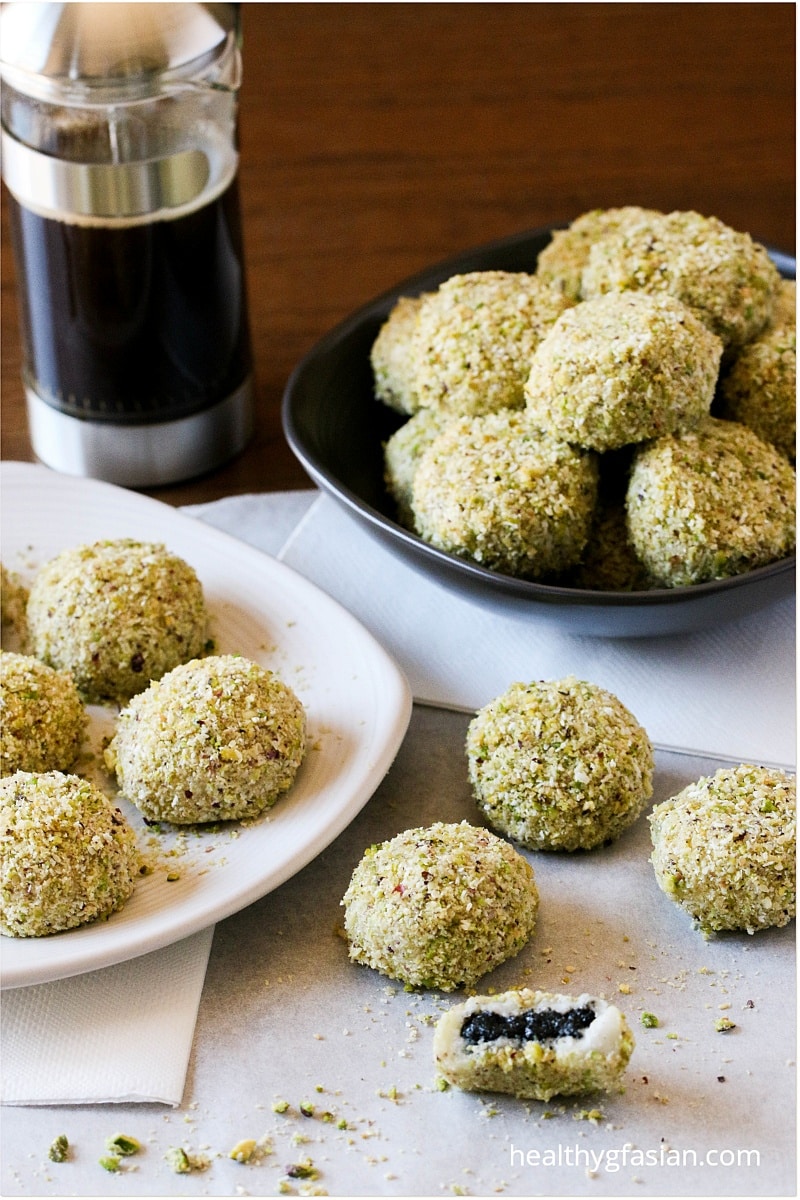
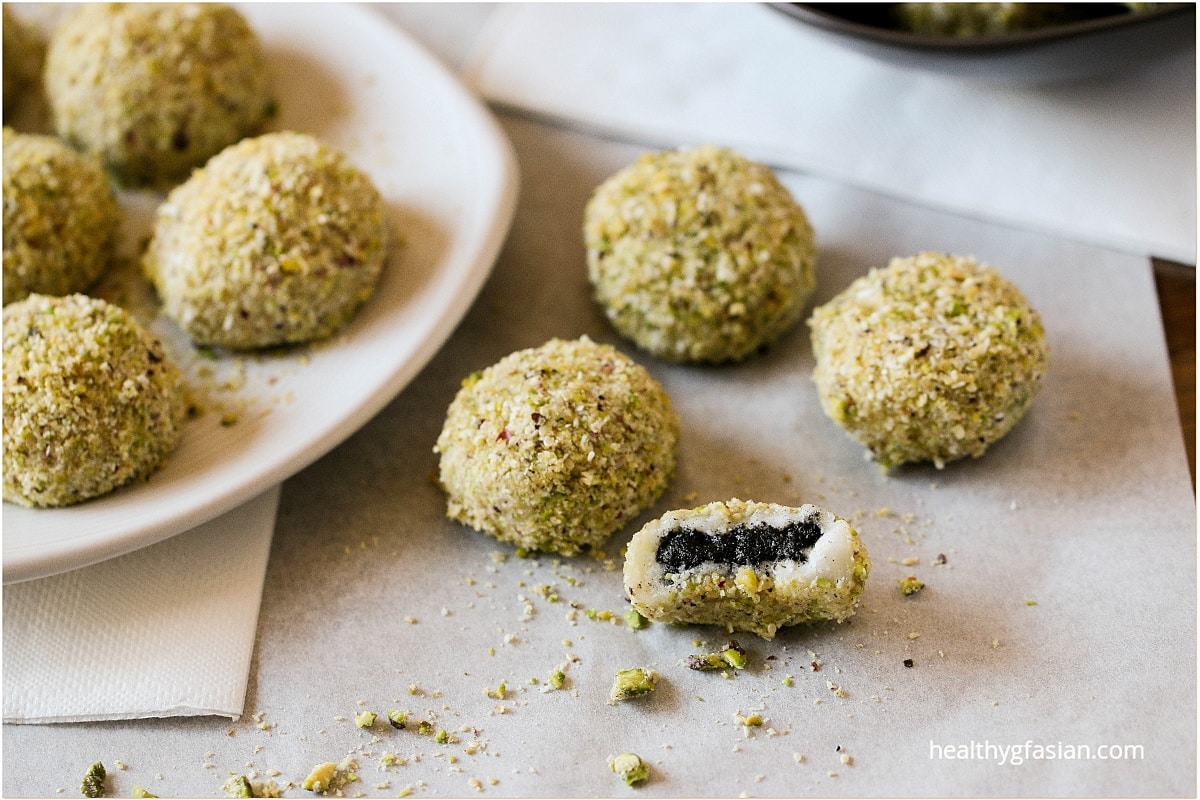
Glutinous Rice Balls (Mochi) Facts
Customarily, they eat glutinous rice balls (mochi) during Chinese New Year and the Lantern Festival (Yuanxiao). They also serve them during special occasions like weddings and family reunion. But they have become a dessert eaten all year round all over the world. Glutinous rice balls (mochi) are conventionally white in colour. But many specialised dessert shops have invented new flavours. Besides, they make many distinctive colours of glutinous rice balls (mochi) by replacing the more traditional filling with new variations. Including fruit conserves, chocolate, mashed potato and pumpkin paste. Furthermore, they also serve filled or unfilled glutinous rice balls (mochi) together with other sweet Chinese dessert soups. Namely, black sesame soup, red bean soup, red bean and black rice soup and mung bean soup.

Nutritional Values and Health Benefits of Sesame Seed
Many people consider sesame seed as the most ancient oilseed crop known to humankind. Even though it is only a tiny flat oval seed, it has enormous health benefits. The Chinese have long studied and discovered its usage for many health endorsing and anti-aging values. In traditional Chinese Medicine, practitioners use black sesame seeds as remedy for many ailments. Including signs of aging like grey hair, blurred vision, poor memory and hearing loss.
Furthermore, sesame seeds are an excellent source of copper. And also a good source of protein, calcium, magnesium, iron, phosphorus, zinc, molybdenum, selenium, vitamin B1 and dietary fiber. Furthermore, sesame seeds comprise of two distinct matters: sesamin and sesamolin. They belong to a group of exceptionally valuable fibers called lignans. Which can help lower cholesterols and prevent high blood pressure. Sesamin can also protect the liver from oxidative effects of free radicals. The high content of copper provides relief for rheumatoid arthritis. Other health benefits of sesame seeds may include aiding of digestion, healthy heart and skin. Also may prevent cancer, and promote bone and respiratory health.
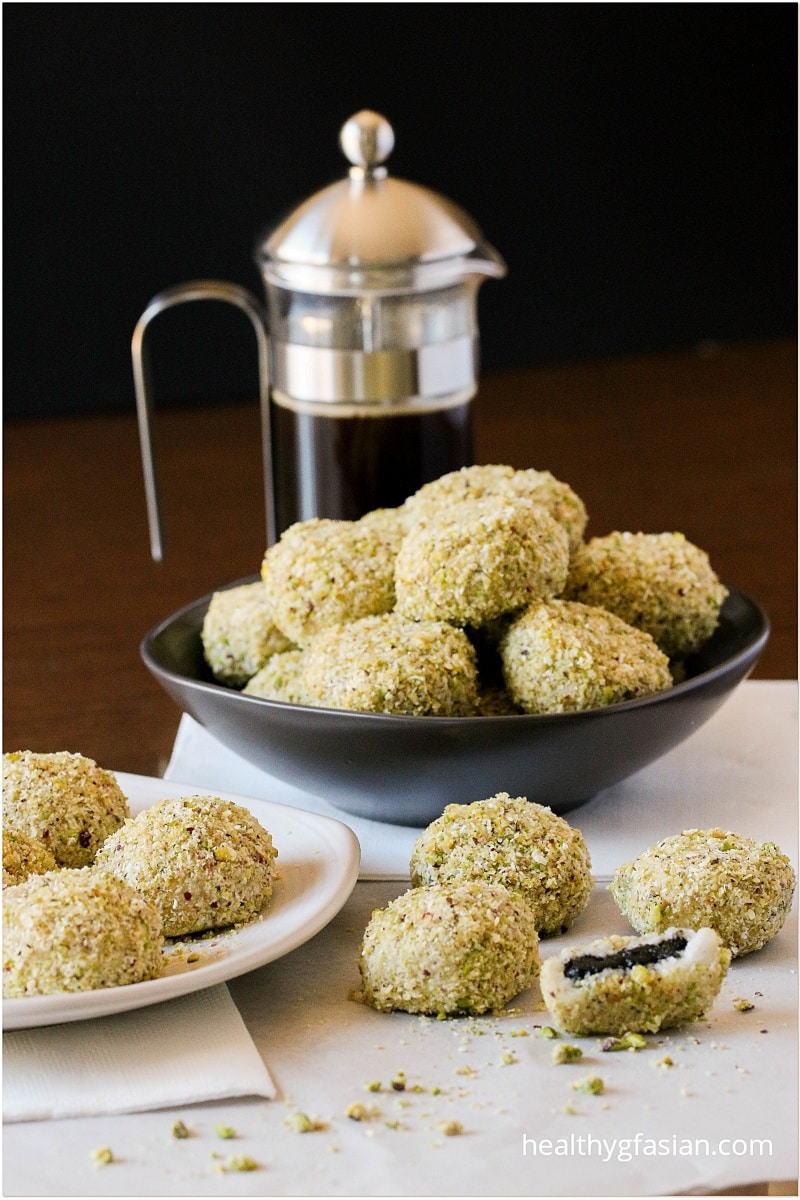
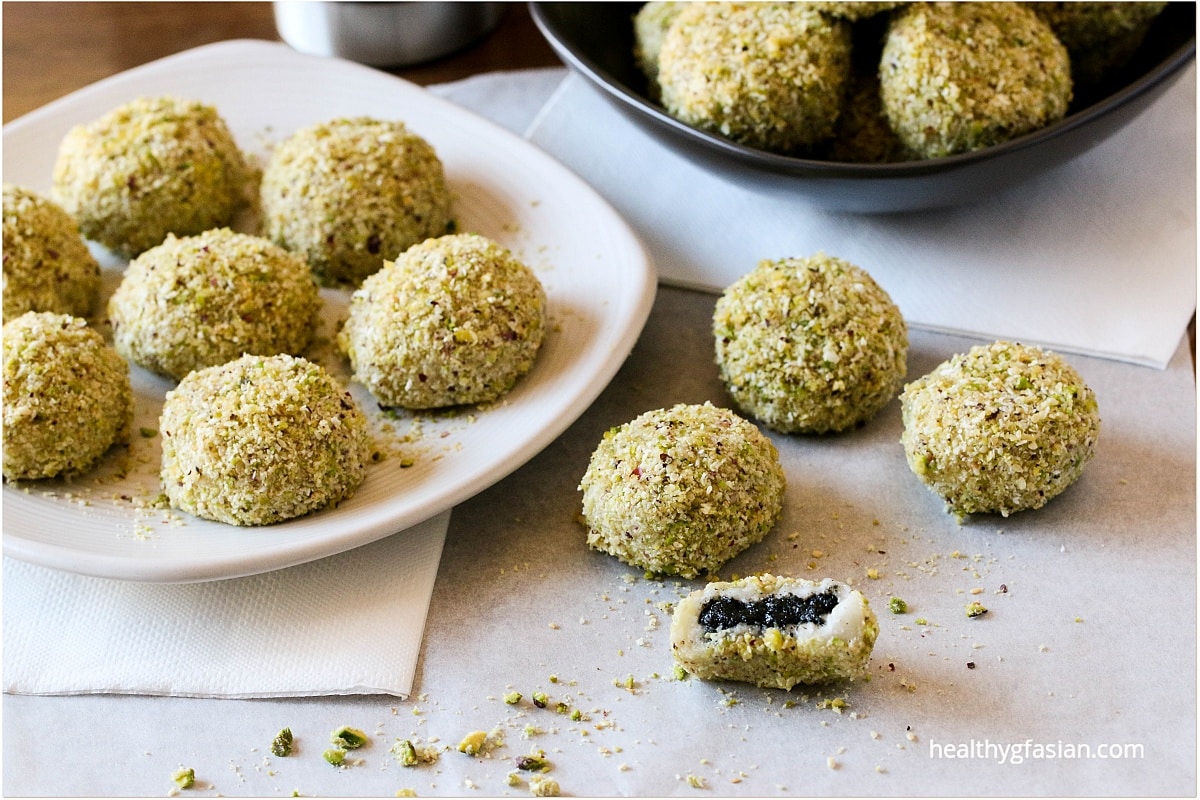
Black Sesame Glutinous Rice Balls (Mochi)
Ingredients
- Large mixing bowl half filled with cold water
For the Black Sesame Filling:
- 4 tablespoons extra virgin olive oil
- 200 g black sesame seeds
- 50 g caster sugar
For the Dough:
- 500 g glutinous rice flour
- 2 cups water
For the Pistachio Nuts coating:
- 120 g pistachio nuts shells removed
- 100 g white sesame seeds
- 80 g desiccated coconut
- 50 g caster sugar
Instructions
For preparing the black sesame filling:
- Heat up a non-stick frying pan, toast the black sesame seeds for around 5 minutes on low to medium heat or until aromatic. Taking care not to burn the sesame seeds.
- Transfer the black sesame seeds and caster sugar to a food processor, blend until you get a fine thick paste.
- Transfer the ground sesame seeds to the non-stick frying pan, add extra virgin olive oil and stir well to form a smooth and thick paste on low to medium heat. Transfer to a bowl and cool in the refrigerator.
- Once cooled, divide and roll the sesame paste into 36 small balls and set aside on a large plate.
For the dough:
- Add all the glutinous rice flour in a large mixing bowl and add 1 cup of water, mix well and gradually add more water and knead into a soft dough. (Add more water if dough is too dry or more glutinous rice flour if dough is too wet). The dough needs to be soft and not sticky.
- Pinch and shape the dough into around 36 small balls about 4cm in diameters, flatten the balls into a disc and fill with 1 small ball of the black sesame paste. Taking care not to make the wall of the balls too thin. Wrap the black sesame ball with the dough and roll and form a smooth ball with your palms and place on a large plate. Repeat with the rest of the dough until finished.
For preparing the pistachio nuts coating:
- Add in all the pistachio nuts, white sesame seeds, desiccated coconut and caster sugar into a food processor and blend until you get ground pistachio nuts.
For cooking the filled glutinous rice balls:
- Bring a large pot of water to rolling boil, carefully drop about 8 balls into the pot and cook on medium heat. Once the balls float on the surface of the water, simmer for another 1 minute. Remove and carefully drop the balls into the large bowl of cold water to cool down and to ensure they do not stick together. Repeat and cook the balls in 4 to 5 batches.
- Once the balls have cooled down, remove from the bowl of cold water and place on kitchen paper towel.
- Then coat each of the balls evenly with the pistachio nuts coating and serve.
Recommended Products
Notes


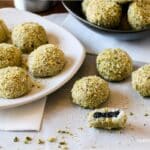





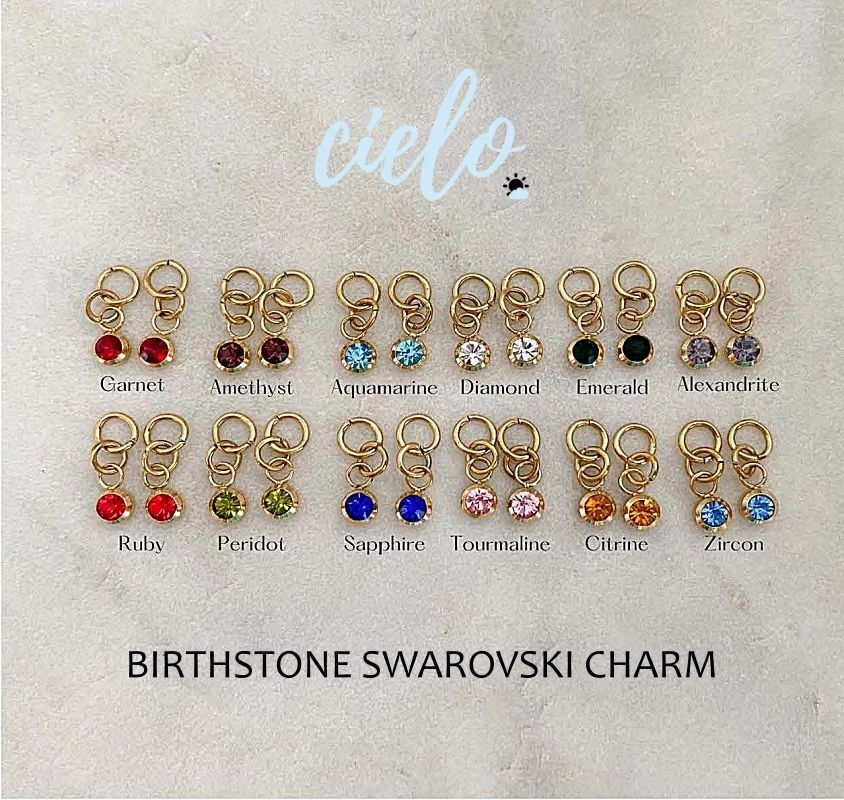

I know mochi is best eaten fresh, but can these ones be stored at room temperature or in the fridge and still be soft and chewy?
Yours looks amazing by the way!
These mochi can be stored in an air tight container at room temperature for up to 3 days if the weather is cool and they will still be soft and chewy. If you store them in an air tight container in the fridge for up to 5 days, they will harden and require you to warm them up in the microwave for around 30 to 35 seconds to soften them. The shape and taste will defer from when eaten fresh. 🙂
Thank you! Can’t wait to try it out!! 😀
thanks for sharing this recipe! Wondering if you can substitute a non refined sweetener (like honey, maple syrup, etc) for the caster sugar?
You can substitute a non refined sweetener like stevia, agave syrup, honey or maple syrup for the caster sugar. Just adjust to taste. Enjoy the recipe! 🙂